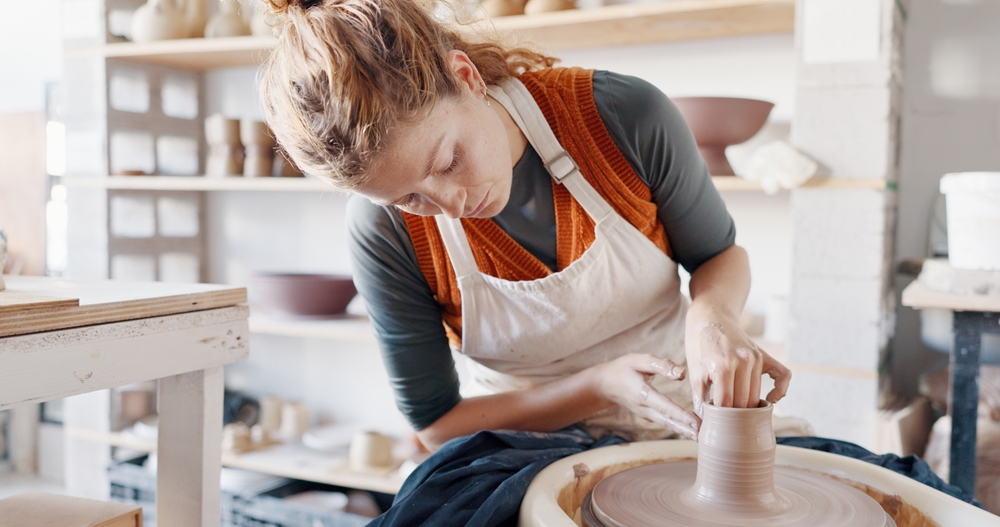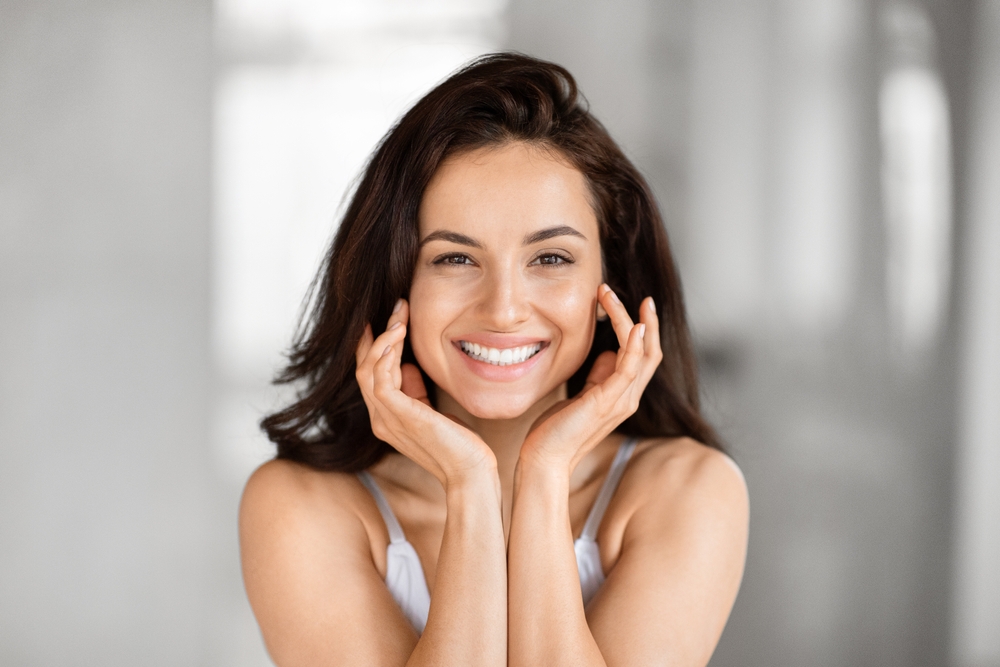Exploring Art as a Form of Relaxation
In today’s fast-paced world, finding effective ways to unwind and de-stress is more important than ever. Many people turn to various activities like meditation, exercise, or reading to achieve a sense of calm. However, one avenue that has gained increasing recognition for its therapeutic benefits is engaging in art. Whether it’s painting, drawing, sculpting, or even adult coloring books, art offers a unique outlet for relaxation that nurtures both the mind and soul. In this article, we will explore how art functions as a form of relaxation, the psychological and physical benefits it provides, and practical ways to incorporate artistic practices into your daily routine.

The Therapeutic Power of Art
Art therapy has been formally recognized as a mental health treatment since the mid-20th century, but the calming effects of creating art have been experienced by humans for millennia. The act of creating art allows individuals to express emotions and thoughts that might be difficult to verbalize, providing an alternative form of communication. This process can be incredibly soothing, as it redirects focus away from stressors and towards the creative act.
From a neurological perspective, engaging in art stimulates the brain’s reward system by releasing dopamine, a neurotransmitter associated with pleasure and motivation. This biological response helps reduce anxiety and elevates mood. Additionally, the repetitive motions involved in many artistic activities—such as brush strokes or coloring patterns—can induce a meditative state. This state reduces heart rate and breathing, promoting physical relaxation alongside mental calmness.
Artists and non-artists alike can experience this calming effect. You don’t need to be skilled or produce a masterpiece to reap the benefits; the process is more important than the outcome. In fact, focusing on the perfection of your art can sometimes increase stress, so embracing imperfection and enjoying the flow of creation is key.
Psychological and Physical Benefits of Artistic Relaxation
Numerous studies have highlighted the wide-ranging benefits of art as a relaxation tool, supporting both mental and physical well-being.
Stress Reduction and Emotional Regulation
Engaging in creative activities has been shown to reduce cortisol levels—the hormone associated with stress. Art-making provides a healthy outlet for managing difficult emotions such as anger, sadness, or frustration. By externalizing these feelings onto a canvas or paper, individuals can gain perspective and experience emotional release.
Enhancing Mindfulness and Focus
Art encourages mindfulness, which is the practice of being fully present in the moment without judgment. When you concentrate on the details of your artwork—the colors, shapes, and textures—you naturally quiet the mind’s chatter. This focused attention is similar to meditation and can improve concentration and cognitive flexibility over time.
Physical Relaxation and Pain Management
The calming effects of art also extend to the body. By lowering stress, art can reduce muscle tension, decrease blood pressure, and improve overall physical relaxation. Some healthcare settings have integrated art activities into pain management programs, helping patients cope with chronic pain through distraction and emotional expression.
How to Incorporate Art into Your Relaxation Routine
If you’re interested in using art as a method of relaxation, here are some practical tips to get started:
Choose the Right Medium for You
Art can take many forms—from sketching with pencils to molding clay, from watercolor painting to digital art. Explore different mediums to find what feels most enjoyable and accessible. You might find that a simple set of colored pencils or a digital drawing app on your tablet is enough to get started.
Set Aside Regular Time for Creativity
Like any form of self-care, consistency enhances the benefits of art. Schedule regular sessions dedicated to creative expression, even if it’s just 15 to 30 minutes a few times a week. Creating a quiet and comfortable space free from distractions can help you get into a relaxed state more easily.
Let Go of Expectations
One of the biggest barriers to enjoying art as relaxation is the pressure to create something “good.” Remember that the goal is to enjoy the process, not to produce perfect artwork. Embrace mistakes and allow yourself to experiment freely without judgment.
Combine Art with Other Relaxation Techniques
You can amplify the relaxing effects of art by pairing it with other calming practices. For example, play soothing music in the background, practice deep breathing before you start, or conclude your session with a short meditation. These combinations can deepen the sense of peace you experience.
Looking Ahead: Art and Relaxation in 2025 and Beyond
As we move further into 2025, technology continues to expand the ways we engage with art for relaxation. Virtual reality (VR) art programs allow users to paint and sculpt in three-dimensional digital spaces, offering immersive experiences that can be both fun and therapeutic. Online art communities and apps provide accessible platforms for sharing work and receiving encouragement, fostering social connection which is another important factor in reducing stress.
Moreover, workplaces and schools are increasingly recognizing the importance of creativity for mental health. Art workshops and creative breaks are becoming part of wellness programs aimed at improving productivity and emotional resilience.
In conclusion, art is a powerful and versatile tool for relaxation that everyone can access. It offers a unique blend of emotional expression, mindfulness, and physical relaxation that supports holistic well-being. Whether you pick up a brush, doodle in a notebook, or explore digital creative tools, making art can be a rewarding way to unwind and nurture your mental health in 2025 and beyond. So why not give it a try and discover the calming benefits of creativity for yourself?
Disclaimer: All content, including text, graphics, images and information, contained on or available through this web site is for general information purposes only. The information and materials contained in these pages and the terms, conditions and descriptions that appear, are subject to change without notice.




